
And the strong messages that were given
The Biennale di Venezia, an international cultural institution established in 1895, stands as a form of contemporary artistic expression, innovation, and cross-cultural dialogue. Artists regard it as a prestigious platform that offers unique opportunities for exposure and networking. Seen as a “cultural Olympics,” the work presentation on an international stage can lead to critical acclaim and media attention. The environment created allowes for experimentation and reflection on contemporary social, political, and cultural issues thrive. Each edition’s carefully curated themes provoke thought and engage both the public and professionals in meaningful discourse.
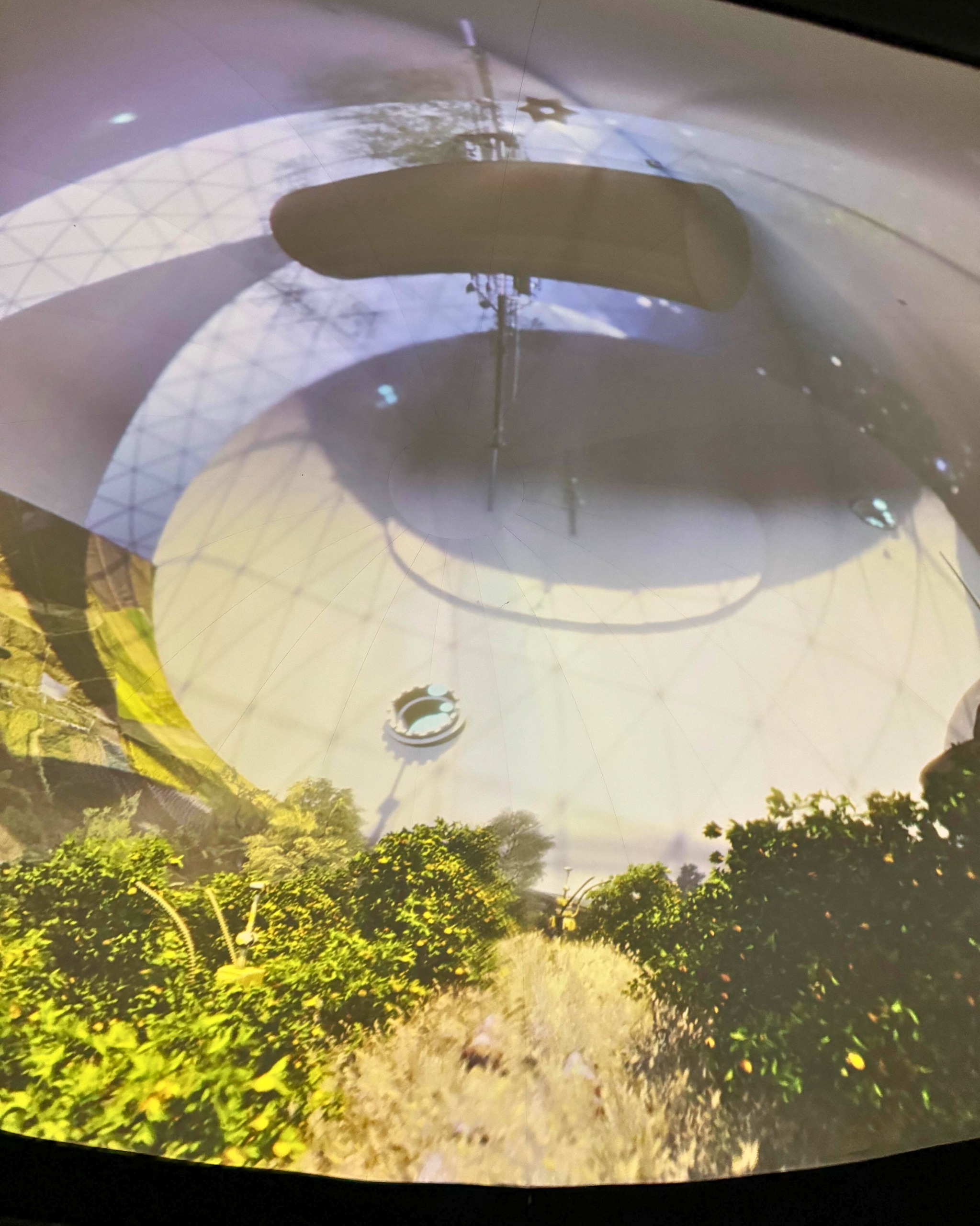
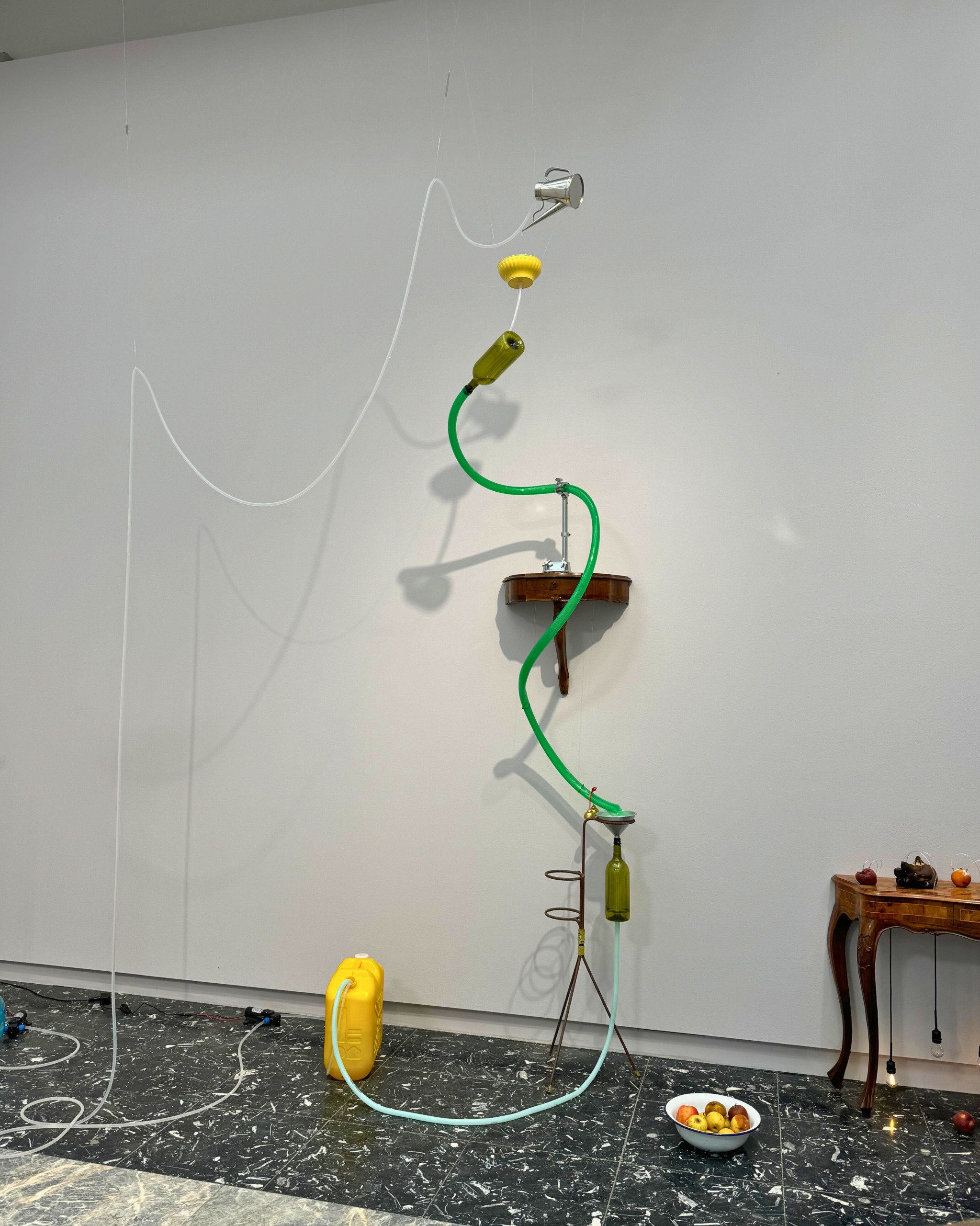


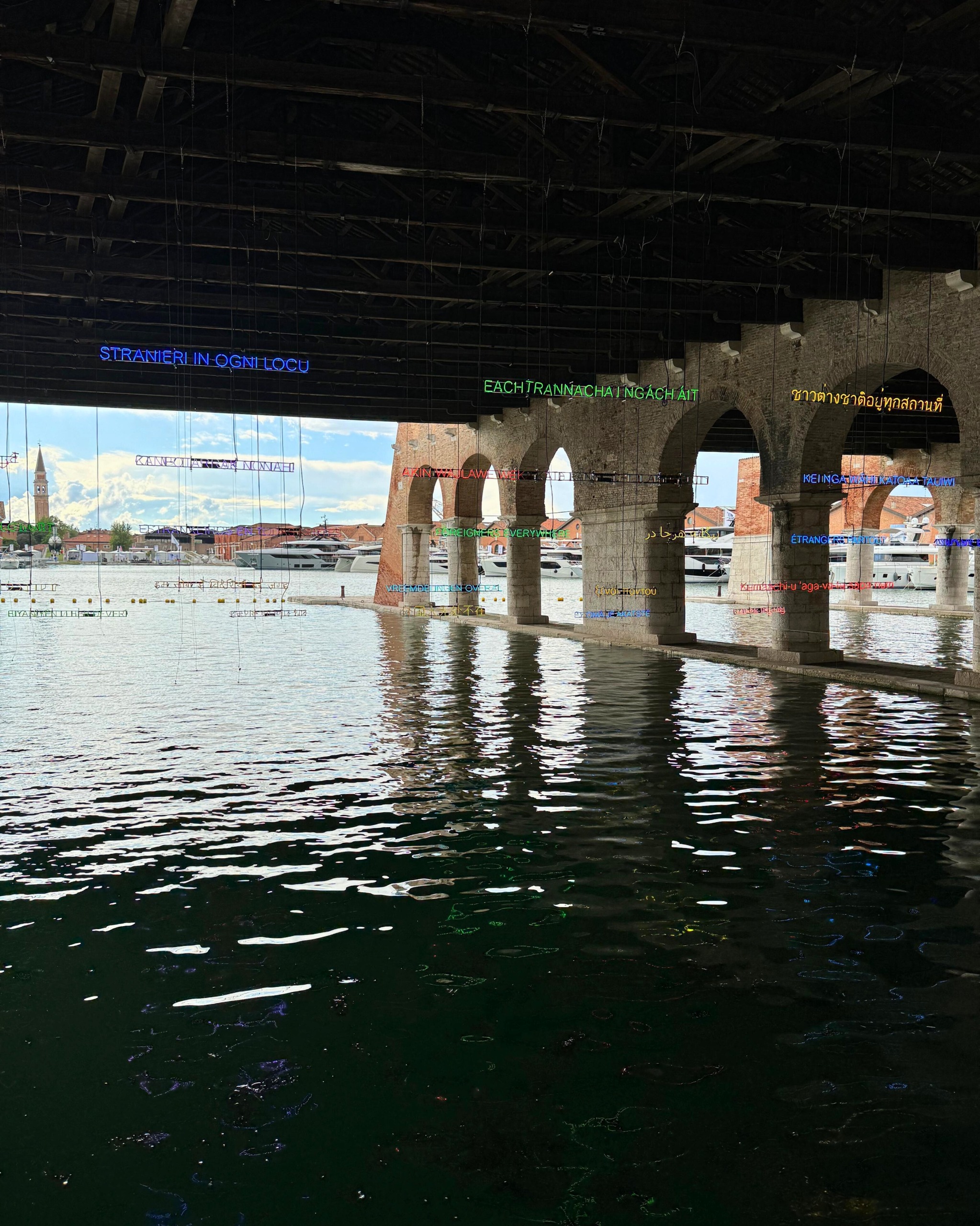
This year, the Biennale’s theme focuses on the complexities of identity, migration, and belonging in an increasingly interconnected yet divided world. Called “Foreigners Everywhere,” it is curated by Brazilian artist Adriano Pedrosa. Pedrosa’s vision challenges conventional narratives and invites artists and audiences to explore the nuanced realities of being a ‘foreigner’ in today’s global landscape.



Australian artist Archie Moore won the prestigious Golden Lion for Best National Participation with his extraordinary installation “kith and kin” at the Australia Pavilion. Moore, who belongs to the Bigambul and Kamilaroi nations, created an expansive genealogical chart spanning 65,000 years, inscribed on dark walls and ceilings with chalk. This powerful work highlights the interconnection between personal and political histories, exploring themes of Aboriginal sovereignty and the impact of colonialism on Indigenous Australians. Curated by Ellie Buttrose and commissioned by Creative Australia, as a reflection on Moore’s heritage, one can only wonder: How well do we know our roots? At what level are we tied to them?

A nice surprise for the Biennale was the Kosovo Pavilion titled “The Echoing Silences of Metal and Skin,” which was awarded for its powerful exploration of feminized labor and workplace inequities. The installation, created by artist Doruntina Kastrati and curated by Erëmirë Krasniqi, delves into the precarious employment conditions that women face in the light industries of Kosovo, particularly following the 1999 war. Kastrati’s work highlights the physical and symbolic burdens carried by women working in these sectors, often involving long hours with little pay and minimal opportunities for advancement. The installation uses materials like metal to abstractly represent the harsh realities of these women’s lives, emphasizing the bodily impacts and economic vulnerabilities they endure.

The Albanian Pavilion has a very good presentation through the work of artist Iva Lulashi, curated by Antonio Grulli. The exhibition, titled “Love as a Glass of Water,” explores themes of love and instinct as universal languages that connect humans to the world. Lulashi’s work is inspired by the “Theory of the Glass of Water”. This theory likens the fulfillment of sexual impulses to the simplicity and necessity of drinking a glass of water, promoting a view of human needs that transcends societal constraints.

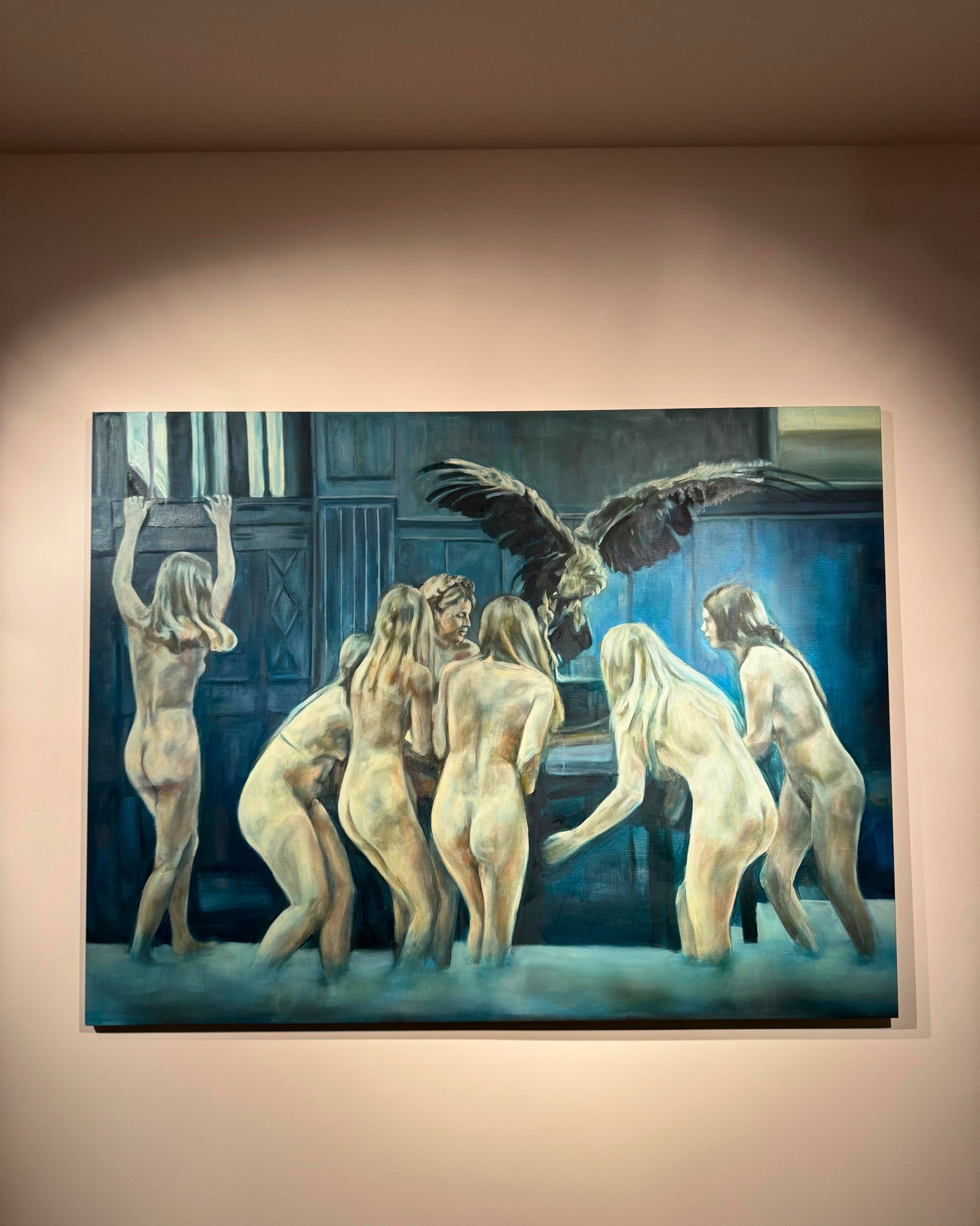

Where the theme includes migration, it is only natural to include Albanians. The great artist Besnik Lushtaku, is indeed featured at the main Venice Biennale exhibition. Lushtaku’s installation at the Venice Biennale 2024, titled “Monuments of the New Era,” engages with themes of memory and identity. His work critically examines how collective memories are preserved and transformed in contemporary society.


At the 2024 Venice Biennale, the Mexico Pavilion features a powerful collaboration between artist Erick Meyenberg and Albanian choreographer Gentian Doda. The installation, titled “Nos marchábamos, regresábamos siempre” (“We left, we always came back”), explores the theme of migration through a deeply personal lens. This work includes a video installation and sculptural elements that reflect on the experiences of the Doda family, who migrated from Albania to Italy. The narrative touches on themes of belonging, loss, and the concept of “eternal return.” Gentian Doda’s choreographic contributions enhance the installation with a performance titled “On the reliefs of a time,” which brings the themes of the installation to life through movement.
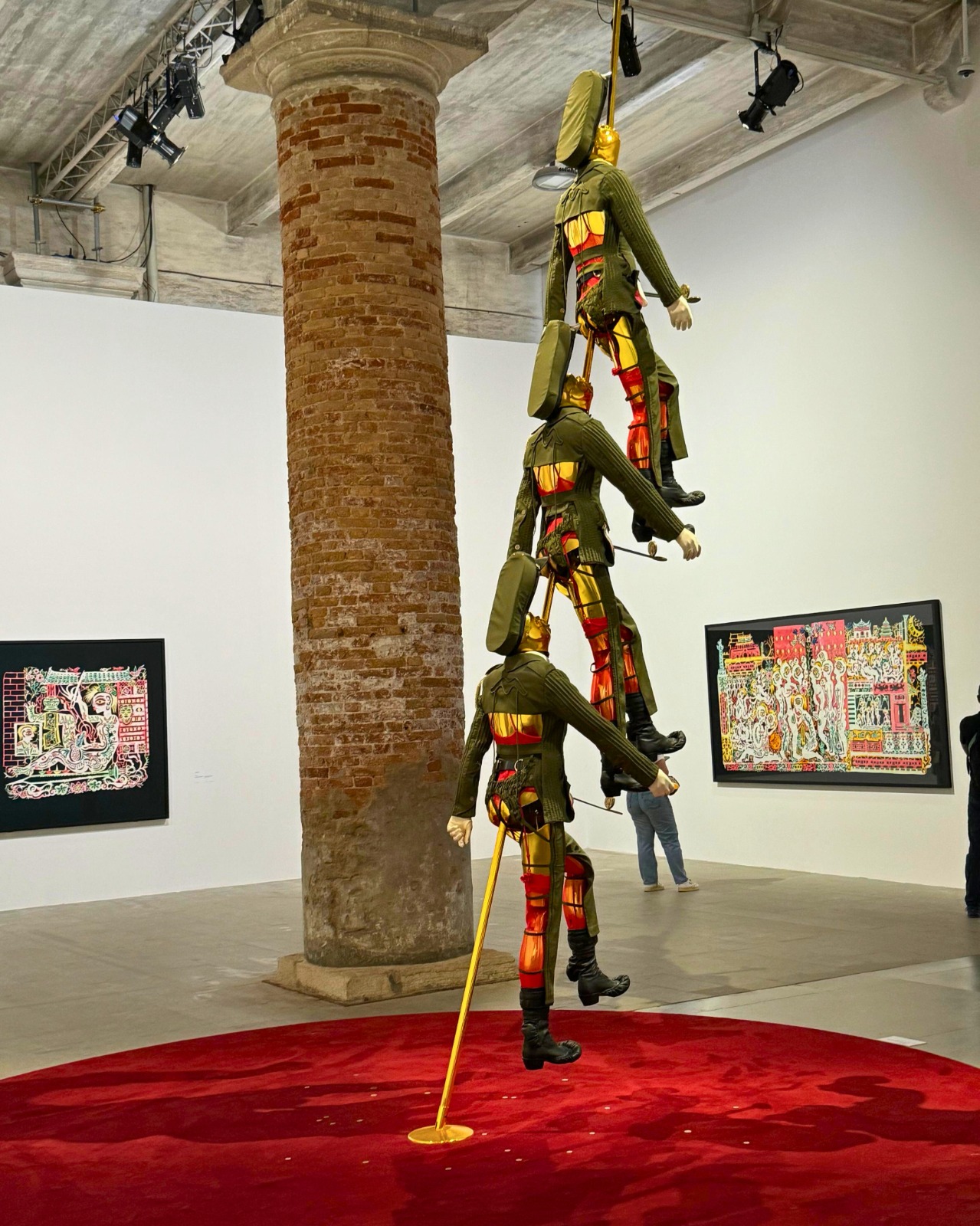

The Israel Pavilion at the 2024 Venice Biennale, featuring the work of artist Ruth Patir, has been significantly impacted by the ongoing Israel-Hamas conflict. Patir, alongside curators Tamar Margalit and Mira Lapidot, decided to keep the pavilion closed in a powerful statement calling for a ceasefire and the release of hostages. Despite the closure, the Israeli Pavilion’s presence underscores the Biennale’s role as a global platform for political and social discourse, highlighting how art can intersect with current events to foster critical conversations and solidarity.
The 2024 Venice Biennale will run from April 20 to November 24, 2024. The event will primarily take place at the Giardini and the Arsenale, along with various locations across Venice. Tickets for the Biennale can be purchased online through the official Biennale website.

stylisphere
most read


Influencer of the week – Maestria e ngjyrave dhe aura që terheq vëmendjen


Kafja është the new black! – Cantat më “in” të dimrit 2025




